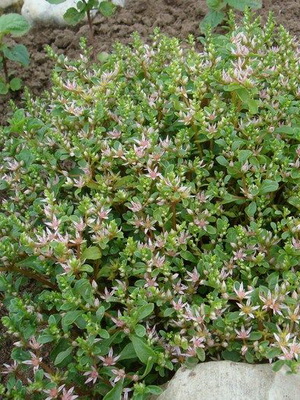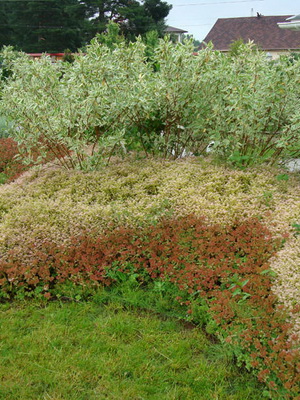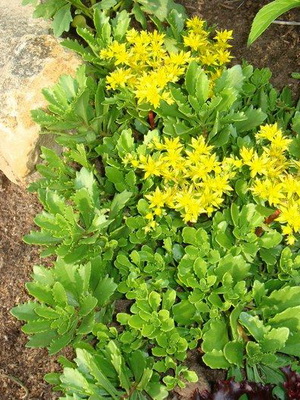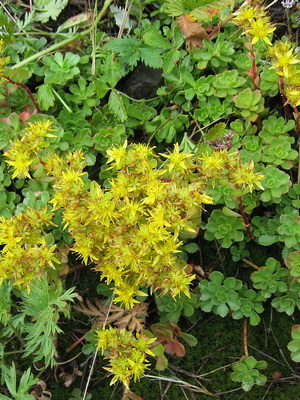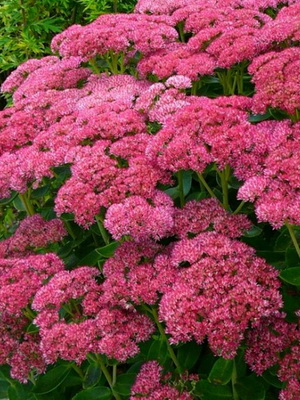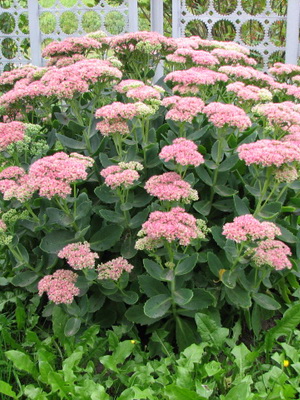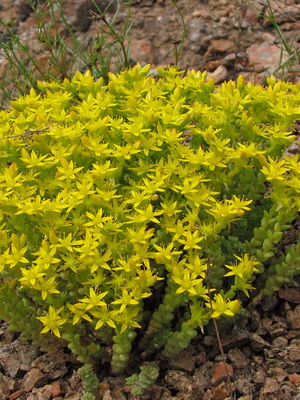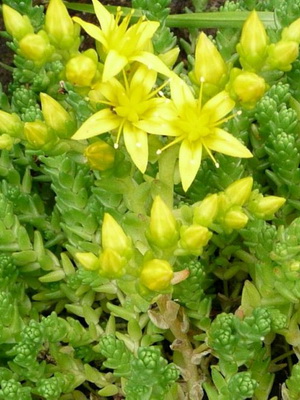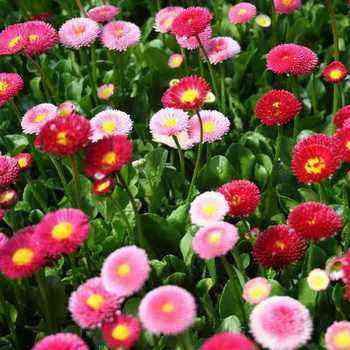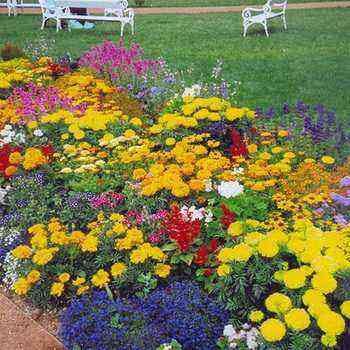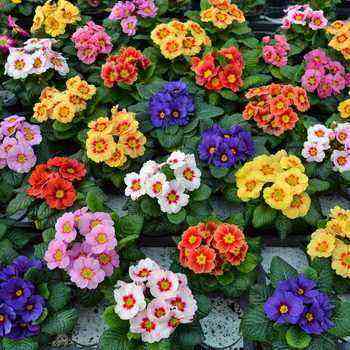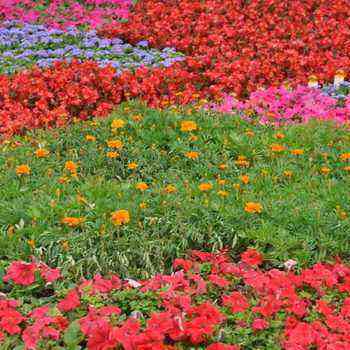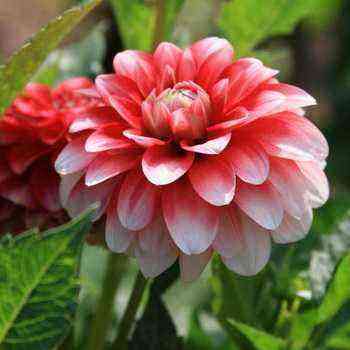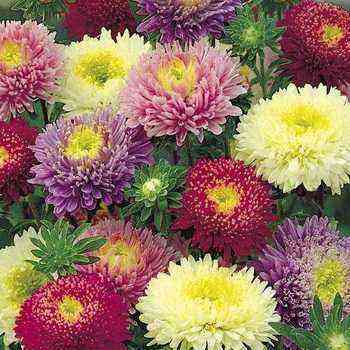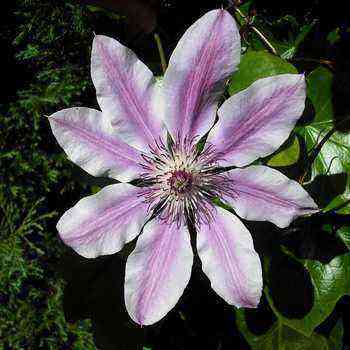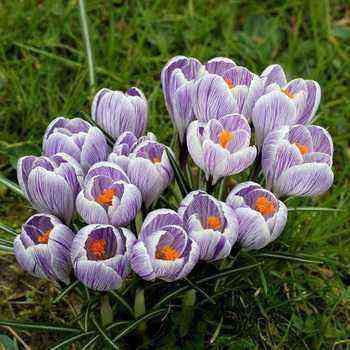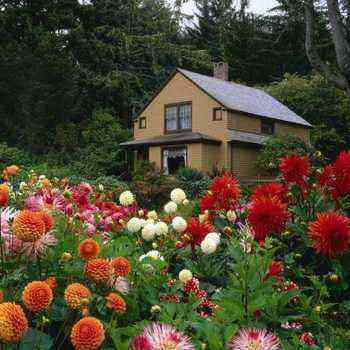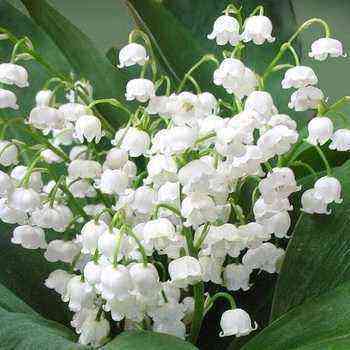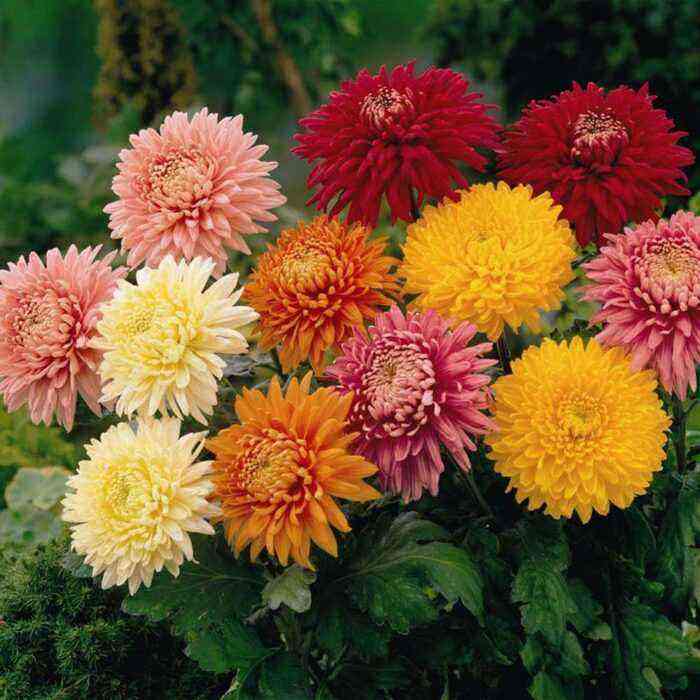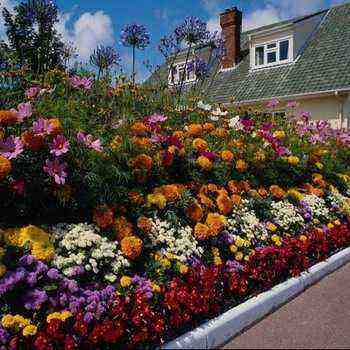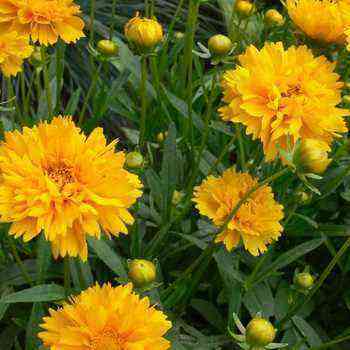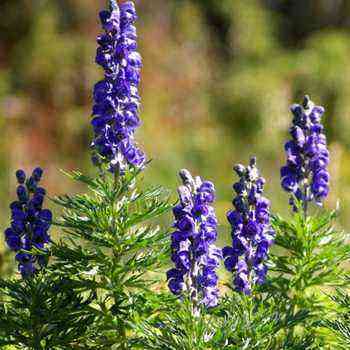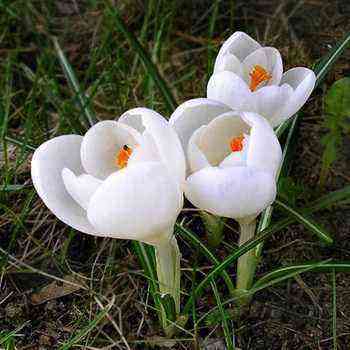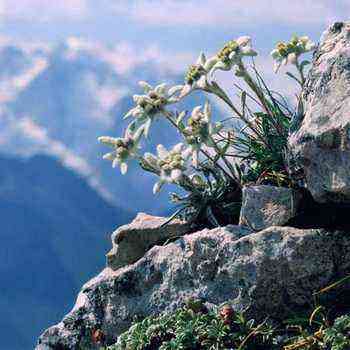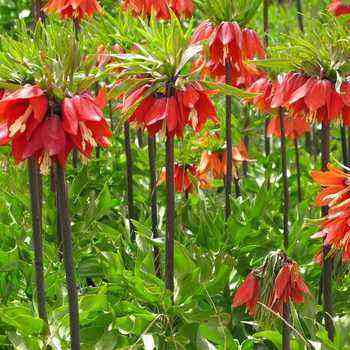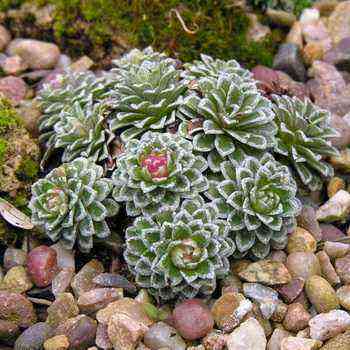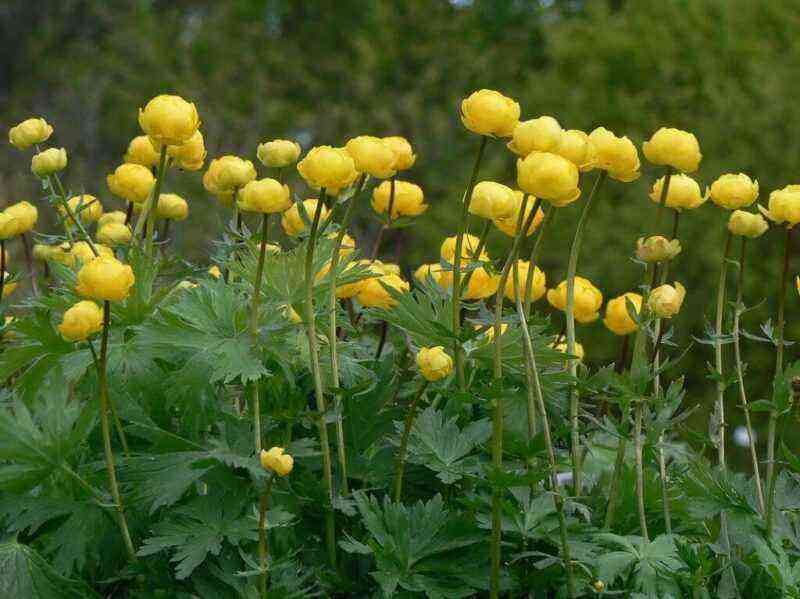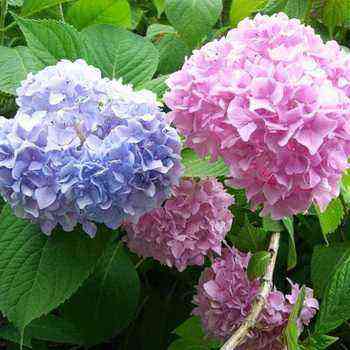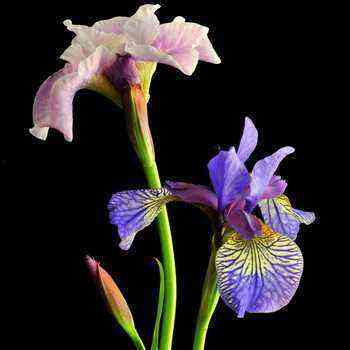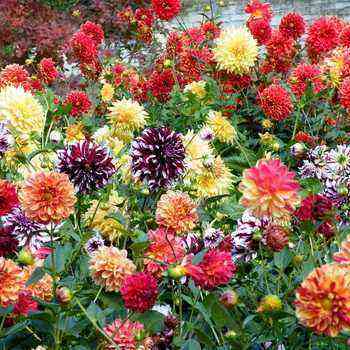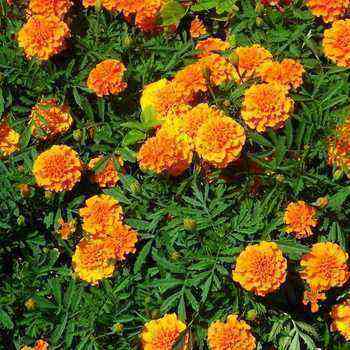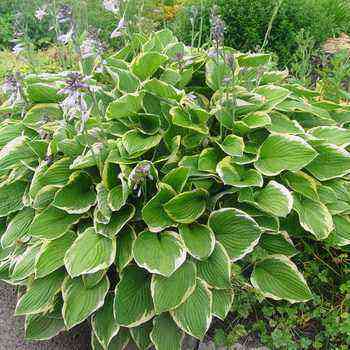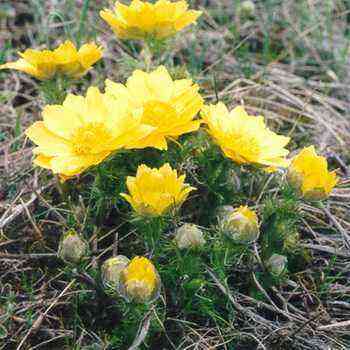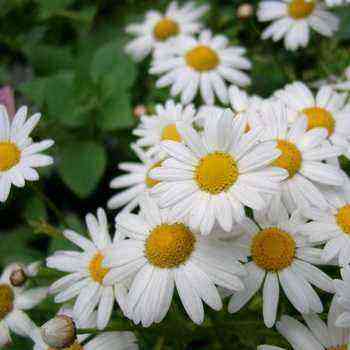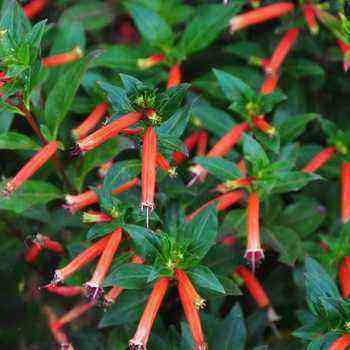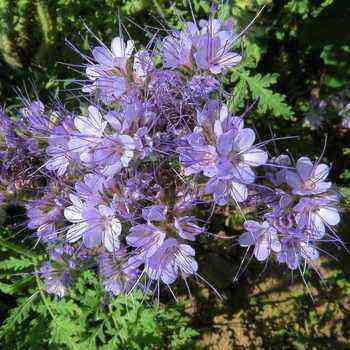
What does sedum look like: photos, names and descriptions of species
Perennial sedum flowers are herbaceous plants with erect or creeping rooting shoots. Leaves are fleshy, whole, of various shapes.
The flowers are small, star-shaped. They have various colors: white, yellow, pink, red. Usually collected in corymbose or paniculate inflorescences.
Below you can see the photos and names of sedum species, the most widespread in the middle lane, as well as read their description.
Wastewater with a long creeping rhizome, straight, creeping, slightly rising flowering stems up to 15-20 cm high, opposite leaves, flat, umbrella-shaped inflorescence, pink flowers, blooms in June-July.
Sedum hybrid, up to 12 cm high, with creeping and ascending, juicy, dark green shoots, leaves are thinner than most species, marginal teeth are often reddened, elliptical, fleshy, flowers are small, yellow, blooms in August.
Cleansing visible with erect strong stems up to 50 cm high, leaves with a bluish bloom, lilac-pink flowers, collected in inflorescences up to 15 cm in diameter, blooms in September-October.
Cleanser is a light green plant 5-15 cm high with a thin branched rhizome. Stems are ascending, flowering shoots are rarely leafy, infertile – with dense, tiled leaves arranged in 6 rows. Leaves are alternate, fleshy, sessile, ovate, obtuse, noticeably swollen on the underside, burning to the taste. What do sedum flowers of this species look like? All of them are located on short pedicels, collected in terminal spike-shaped inflorescences, consisting of several curls or semi-umbrellas. Sepals are obtuse, greenish; petals are yellow, pointed. It grows in sunny, dry places, on sandy-stony soil: on rocks, talus.
Cultivation of sedum and flower care
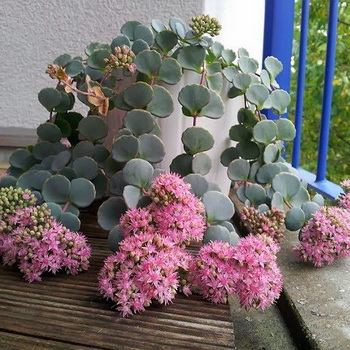
After the end of flowering, the stems of the plant should be cut to the ground, and the rosette should be covered with compost. Of the garden pests, sedums are affected by snails, slugs and weevils.
It is very easy to propagate stonecrops: by seeds, stem or even leafy cuttings and dividing the bush.
They are an excellent material for creating carpet plantings, for use in rockeries, rock gardens, as a foreground plant for mixborders, as well as in containers and hanging baskets. Sedum is best planted in large arrays.
